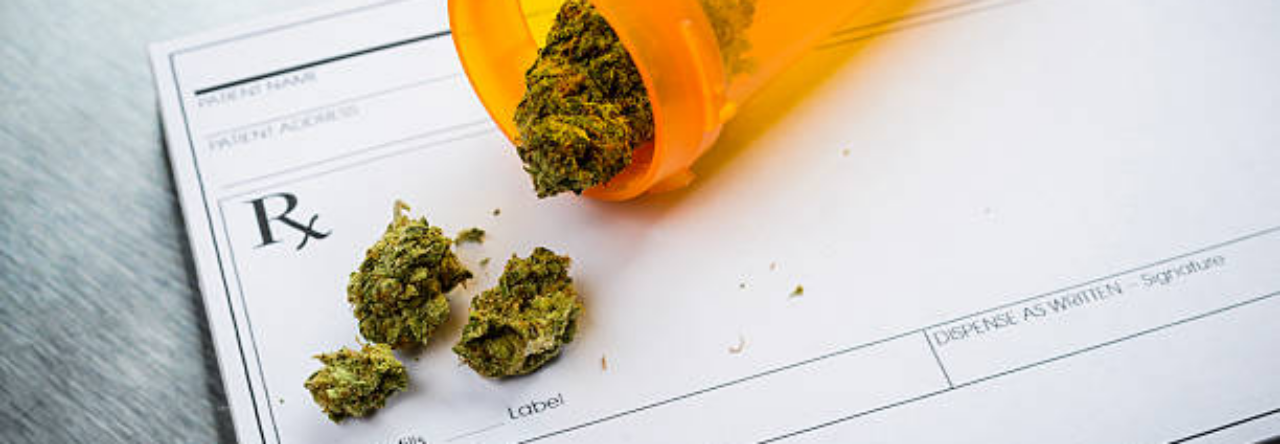There are lymph nodes, blood arteries, and nerves in the armpit, making it a very delicate location. As a result, left armpit pain and pain are rather prevalent.
An infection, inflammation, or irritation, could make this pain range from moderate to severe. Chronic pain, though, can be a sign of something more serious going on.
Causes of Chronic Pain Under the Left Armpit
Many things, including but not limited to the following, might cause pain directly under your left arm:

Reaction to Allergens
Products like deodorants, perfumes, lotions, and body washes often cause irritation to the skin. All of these things carry the potential to irritate and even hurt someone with sensitive skin or a history of skin disorders. Redness, swelling, and inflammation are also common responses to skin irritation or allergens.
Stop using the product and go to the doctor right away if you get any sort of reaction to it, whether it’s from the deodorant or the makeup.
Shaving
Pain beneath the left arm might also be caused by an inefficient or improper shave. Infection and hair follicle inflammation are both exacerbated by the use of dull or contaminated blades. As a result, you may detect tiny, uncomfortable pimples or ingrown hairs.

Using a dull, dirty blade will just lead to more irritation. Moisturize your skin to keep it from becoming too dry and irritated by the constant rubbing.
Infection
Pain under the arm is a common symptom of a bacterial skin infection. Temperature and humidity are ideal conditions for bacterial growth. Therefore, a bacterial infection may cause pain, pain, or swelling.
Fungi and the persistent medical illness hidradenitis can also cause skin infections.
When the oil glands and hair follicles under the armpits and in the groin get blocked, a condition known ashidradenitis develops. People typically compare this to extreme acne. It’s possible that the immune system then overreacts to inflammation, leading to thick scarring and deep skin infections.
Additionally, to pain, you may experience: itching tenderness breakouts of cysts and boils galore.
Persistent Diseases
Treatment for most skin infections with antibiotics or antifungal drugs is standard practice. Surgery and anti-inflammatory drugs are common treatments for hidradenitis. Treatment with antibiotics is usually reserved for considerably more severe infections.
Use of Muscle
If you exercise regularly or are interested in sports, you may have had a muscle strain at some point. Weightlifting or participating in contact sports that require your muscles to overstretch can result in some pain and tightness. This pain might develop in your arm muscles and in your armpit area. When an injury is relatively mild, most people feel better after a week.
Schedule an appointment with your doctor if the pain lasts longer than seven days despite stretching and rest, or if you develop a painful lump under or near your arm. Increased pain or a lump might be an indication of a strain or tear that may require medical attention.
Shingles
Shingles are an inflammation of the nerves produced by the varicella zoster virus, the same virus that causes chickenpox. The rash it leaves behind is usually painful and appears on the chest, back, and arms.
In addition to the aforementioned symptoms, this illness can also manifest as: a burning or itchy sensation in the affected area; blisters; severe pain prior to the appearance of a rash.
In order to alleviate symptoms and prevent the virus from returning, antiviral medicine is taken orally as part of the treatment plan. In the event that your pain does not subside, your doctor may recommend painkillers or anti-inflammatory drugs to alleviate your symptoms.
Inflammation of the Lymph Nodes
The number of lymph nodes in your body is highest in the armpit region. The cells that live in your lymph nodes aid in your body’s defense against illness. It is possible for lymph nodes to enlarge and create pain in the armpit in response to a serious viral or bacterial illness.
Breast Cancer
Swelling and soreness under the arms can also be symptoms of breast cancer. There may be no symptoms at all in the beginning stages. If the cancer has gone beyond the breast, it may have entered the lymph system, and you may have felt a lump beneath your arm. In certain cases, pain is caused by lymph nodes that have become too large.

See a doctor right away if you discover anything unusual in your armpit or chest area. Even if you don’t see a lump, you still may have breast cancer. Depending on the kind and stage of your breast cancer, different treatments may be available to you.
Angina
The chest pain associated with angina results from a brief decrease in blood supply to the heart. There is pain because the heart muscle isn’t getting enough oxygenated blood to keep up with its activities.
Left shoulder and armpit pain, as well as weariness, are possible symptoms of this illness. Others symptoms include dizziness, challenges in breathing, stomach pain, fever, chills, sweating, nausea, and vomiting Chest pain, neck pain, and headache Nausea and vomiting
Angina can be alleviated with medication, surgery, and lifestyle adjustments aimed at reversing the effects of coronary artery disease. The strategy includes things like stopping smoking, treating high blood pressure and cholesterol, managing diabetes, and engaging in regular physical activity.
When to Visit the Doctor for Managing chronic pain
Minor irritation or muscular tension typically causes armpit pain, although this usually goes away within a week. If, however, the pain is the result of a more significant health issue or infection, then the symptoms may persist and more comprehensive treatment may be required.
Summary
Pain in the area under your left armpit might originate from a variety of different medical conditions. However, some situations may require medical attention or perhaps surgery to ensure a full recovery.
Armpit pain, especially if accompanied by a fever or swollen lymph nodes, should not be ignored. Make sure you get the best care possible by communicating with your doctor about your symptoms and treatment options.
Finally
For more information on chronic pain management, pain disorders, chronic pain resources, psychogenic pain, effective chronic pain treatment options or other physical therapy, you should book a consultation session with a specialist at Chronic Therapy today, to give you professional advice that will suit your personal experience.
Also, for people with chronic pain who are constantly worried on how to treat chronic pain or get their chronic pain treated, our specialist at Chronic Therapy have made huge success over the year in recommending reliable resources to manage chronic pain from nerve pain or any other developing chronic pain conditions.
More to read: Is it Possible to Faint When You Use Medical Cannabis?


